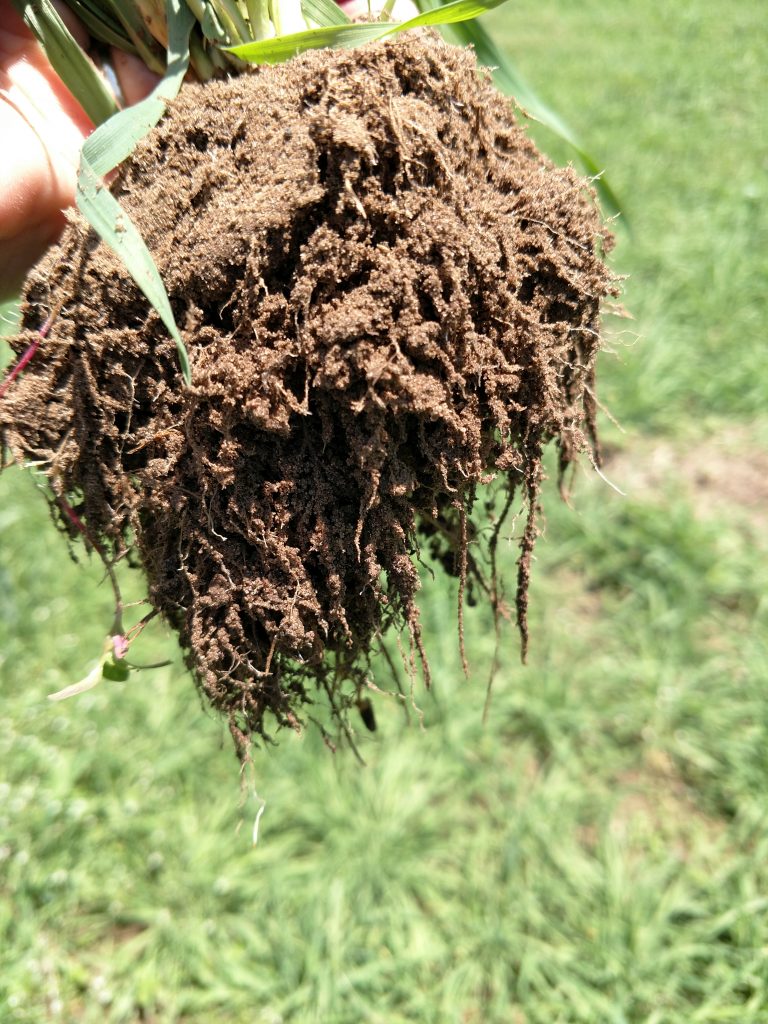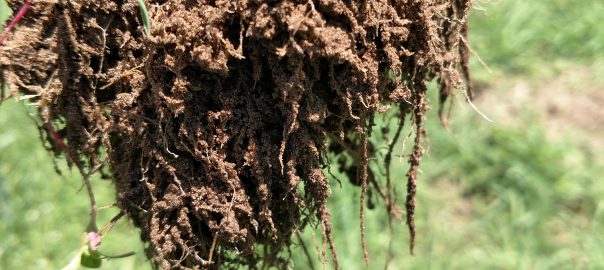Is soil pore structure key to carbon storage?
Dr. Alexandra Kravchenko, Michigan State University professor in the Department of Plant, Soil and Microbial Sciences along with several of her colleagues discovered a new mechanism determining how carbon is stored in soils. A recent article in ScienceDaily drew attention her research findings published in the scientific journal Nature Communications.
 The research revealed the importance of soil pore structure for stimulating soil carbon accumulation and protection. The study has started getting the attention of farmers interested in soil carbon and soil organic matter, examining five cropping systems in a replicated field experiment. Using X-ray micro-tomography and micro-scale enzyme mapping, it shows how pore structures affect microbial activity and carbon protection in the systems and how plant diversity impacts the development of soil pores that are conducive to greater carbon storage.
The research revealed the importance of soil pore structure for stimulating soil carbon accumulation and protection. The study has started getting the attention of farmers interested in soil carbon and soil organic matter, examining five cropping systems in a replicated field experiment. Using X-ray micro-tomography and micro-scale enzyme mapping, it shows how pore structures affect microbial activity and carbon protection in the systems and how plant diversity impacts the development of soil pores that are conducive to greater carbon storage.
Conventional thinking was that the best way to put more carbon into the soil was to have plants that produce more biomass, either as roots or residue on the surface for decomposition. The study found that the most stable carbon is the result of soil microbes producing organic compounds that are then absorbed onto soil mineral particles. Diverse plant systems with root systems that cover the entire soil matrix that is covered with a network of pores. The strong pore network in these systems that are ideal for carbon storage and protection. Read the full study.
The study was conducted through the MSU Great Lakes Bioenergy Research Center, funded by the U.S. Department of Energy, and the Kellogg Biological Station Long-term Ecological Research program funded by the National Science Foundation.
